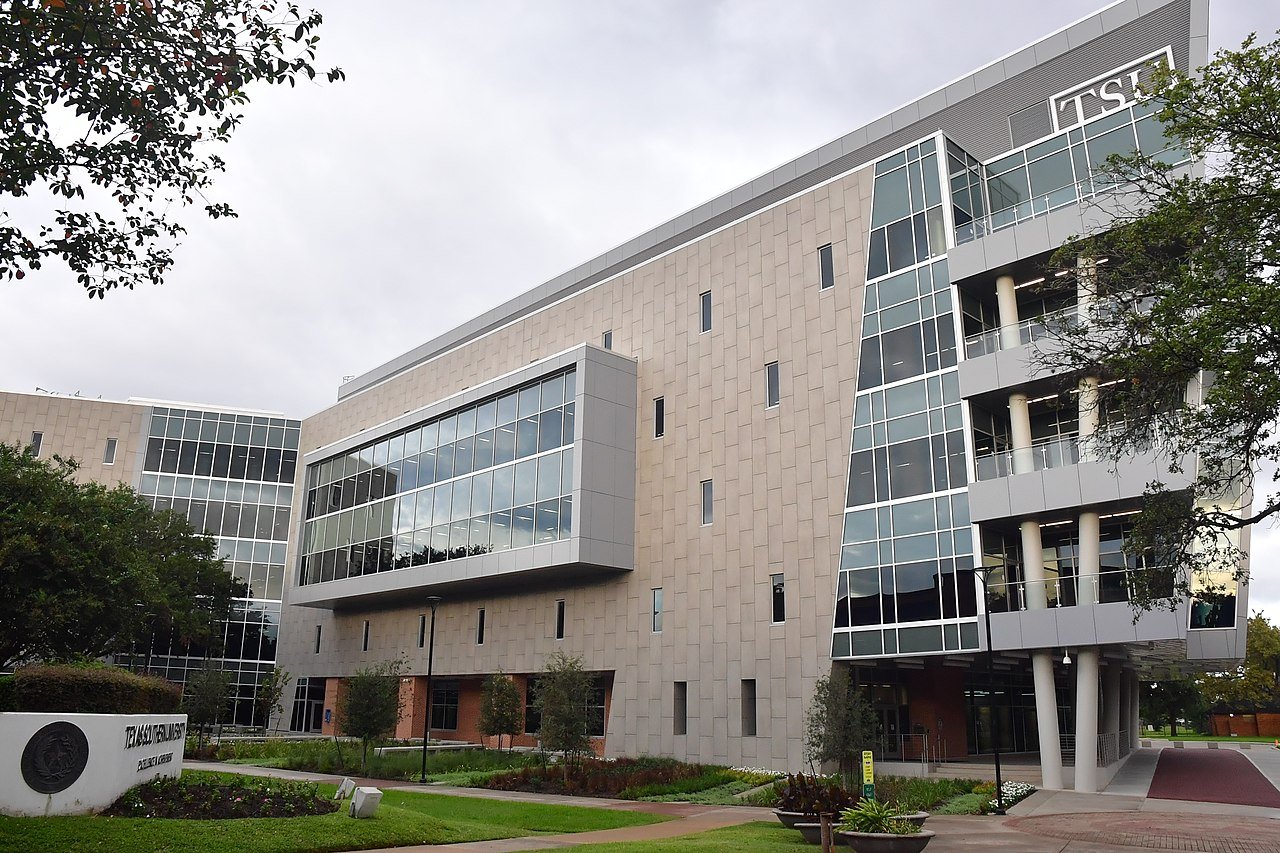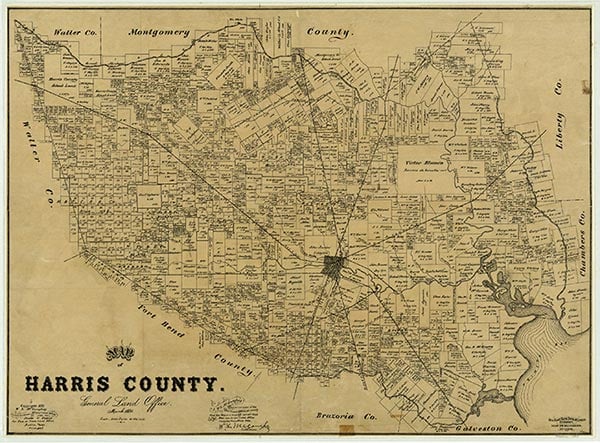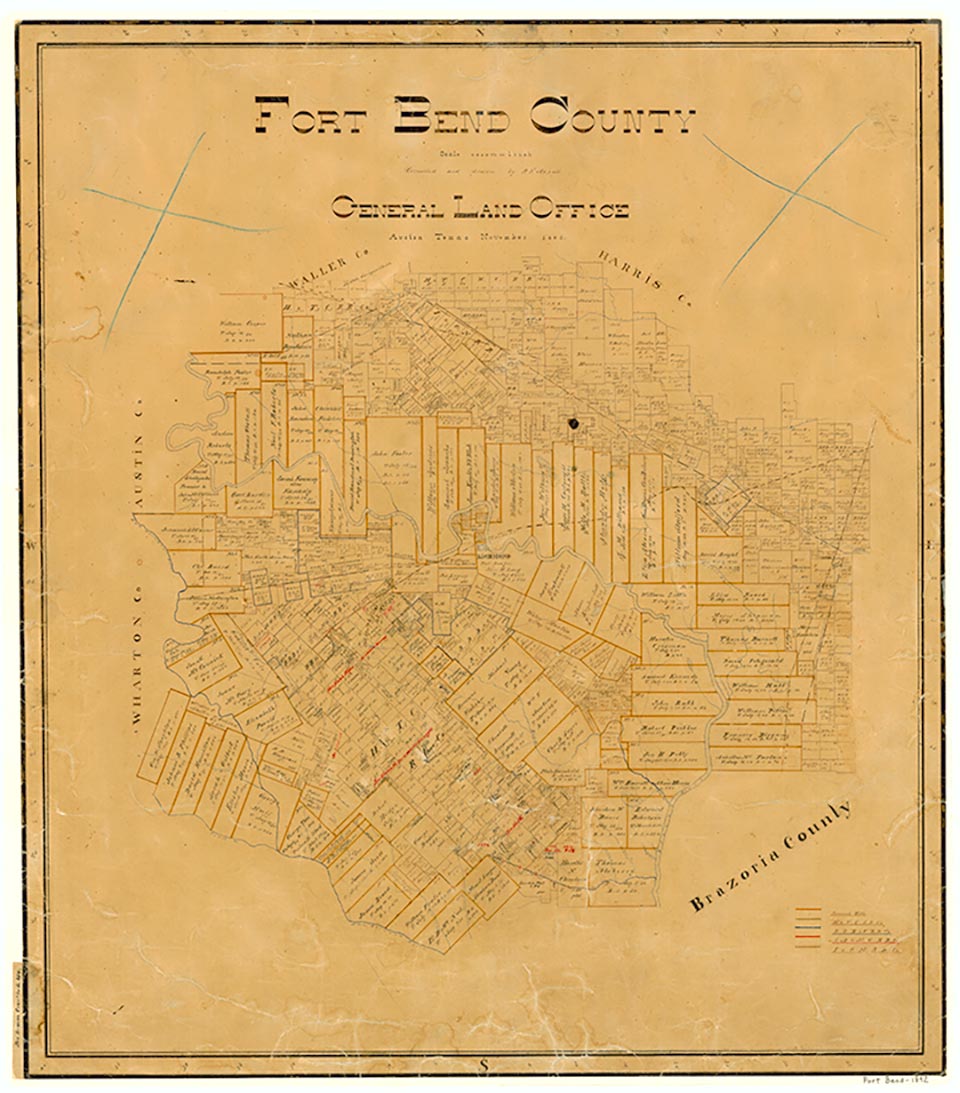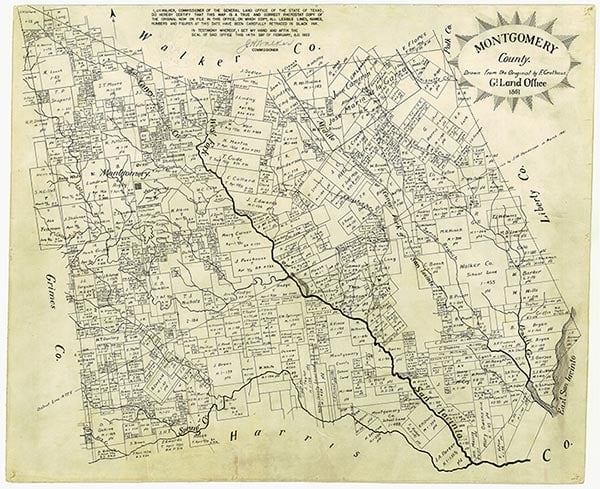Texas Southern University

Texas Southern University Library Learning Center

Texas Southern University was established by the Fiftieth Texas Legislature on March 3, 1947, under the provisions of Senate Bill 140 as a state-supported institution of higher education to be located in Houston. The institution, which was initially named Texas State University for Negroes, was established to serve African Americans in Texas, offering them, for the first time, a program of study comparable to that available to White Texans. The state accepted Houston College for Negroes to begin the university, as it had one permanent building, a faculty, and students. Senate Bill 140 and subsequent enabling legislation authorized the university to offer a full range of programs, including "pharmacy, dentistry, arts and sciences, journalism education, literature, law, medicine, and other professional courses," and further stipulated that "these courses shall be equivalent to those offered at other institutions of this type supported by the State of Texas." The intent of the legislature was to perpetuate the segregation of higher education in Texas by offering the state's Black citizens a university equivalent to the University of Texas. The establishment of Texas State University for Negroes was the culmination of a long struggle by Houston Blacks to obtain an institution of higher education in their community. These efforts began in the nineteenth century, when the Reverend John H. (Jack) Yates tried unsuccessfully to have Bishop College located in Houston. Failing in this endeavor, Yates joined with other Black Houstonians in organizing Houston College (also known as Houston Baptist Academy). This institution opened in rented facilities in 1885 before moving to its own three-acre site on the western edge of the city in 1894. Its mission was to train Black youth for the ministry and to provide them with a general education. Like many Black institutions in the late nineteenth century most of its efforts went to providing precollege courses for its students. Indeed evidence suggests that the Houston College was a college in name only; virtually all of its students were enrolled in its primary, secondary, and industrial education divisions. By the early 1920s Houston College had closed. To fill the void and to meet the growing need to provide college level training for the teachers in the city's Black schools, in 1925 Wiley College, with the support of the Houston school board, began offering extension classes in the city's Black high school for Black teachers. The need for academic training for the teachers of the city's Black schools, the popularity of the Wiley College extension classes, and political pressure brought by Black community for an increased share of funds appropriated for education, persuaded Houston school superintendent E. E. Oberholtzer to support a junior college for Blacks in Houston. On March 7, 1927, the Houston School Board voted to establish a junior college system in the city. They formed two colleges, Houston Junior College and Houston Colored Junior College.
Despite the concern of many, including consultants from Rice University and the University of Texas that the proximity of Prairie View College and the popularity of Black church supported colleges would prevent the new college from achieving success, Houston Colored Junior College opened with seventy-five students in June 1927, and by 1934 it had grown to over 700 students. The following year it was expanded to a four year college. During this period the college held its classes during the evening in Jack Yates High School in Houston's Third Ward. In 1946 the Houston College for Negroes moved to a permanent campus southeast of downtown Houston on fifty-three acres donated by Hugh Roy Cullen. One year later the college and its facilities were acquired by the State of Texas.
Cary D. Wintz | © TSHA

Adapted from the official Handbook of Texas, a state encyclopedia developed by Texas State Historical Association (TSHA). It is an authoritative source of trusted historical records.

- ✅ Adoption Status:
Belongs to
Texas Southern University is part of or belongs to the following places:
Date of Founding Notes
Classes first held in 1926 as Houston Colored Junior College; as 4-yr. Houston College for Negroes, mid-1930s; as Texas State University for Negroes, 1947; present name, 1951
People
-
President, Dr. Lesia L. Crumpton-Young 2021–2023
-
Interim President, Dr. Mary Evans Sias 2023–Present
Currently Exists
Yes
Place type
Texas Southern University is classified as a College or University
Tags
External Websites
- Texas Southern University (Official Website)
Fall Faculty Count, 2019 View more »
642
Fall Enrollment Count, 2022 View more »
8,632


